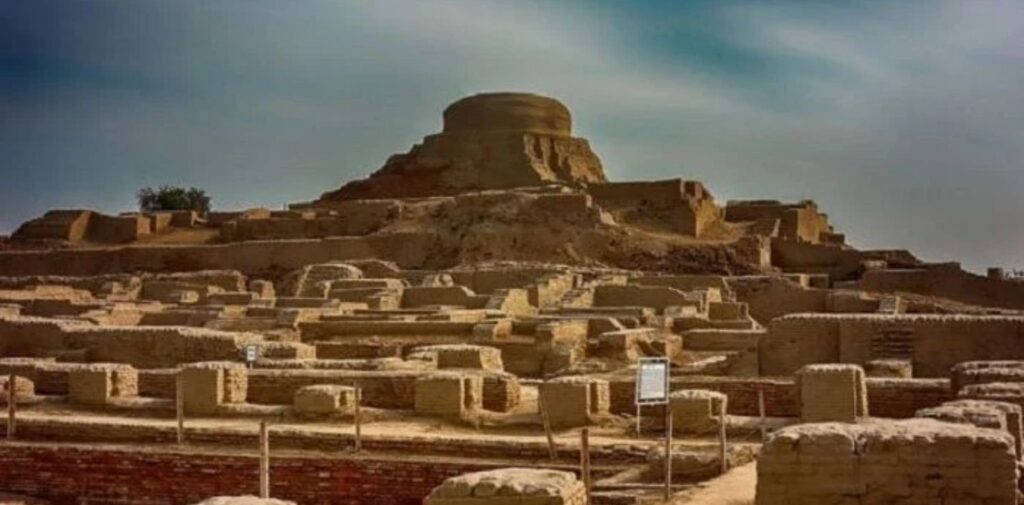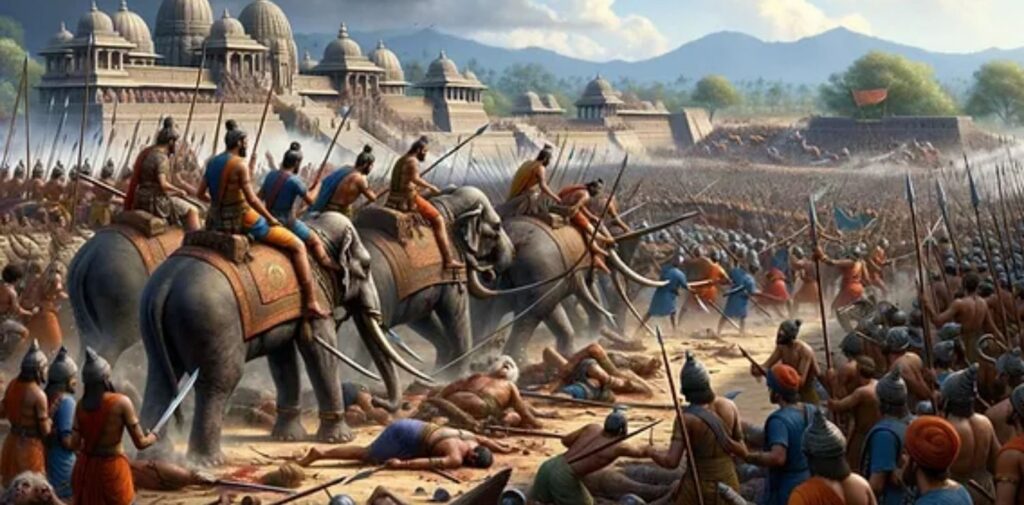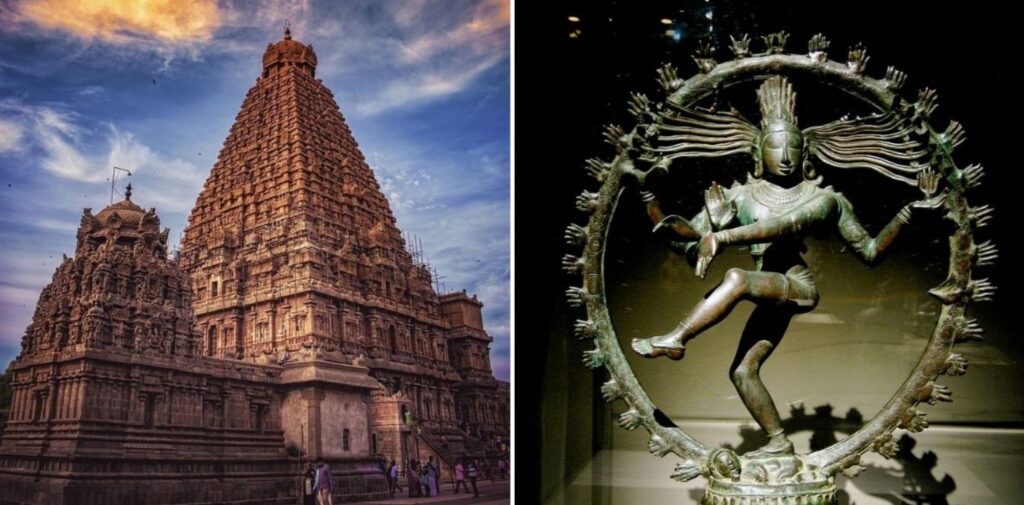Urbanization in ancient India holds a fascinating story of how early civilizations evolved to create structured and organized cities. From the Indus Valley Civilization to the later empires of ancient India, urban planning was not just a functional aspect but also a reflection of the sophisticated understanding of governance, society, and culture. The development of cities in ancient India provides us with a glimpse into the advanced technologies, architectural innovations, and social structures that shaped the way people lived, worked, and interacted. These early cities were planned with a remarkable degree of foresight, integrating elements of sanitation, trade, religious practices, and civic administration into their layouts.

The Indus Valley Civilization: The Pioneers of Urban Planning
The story of urbanization in India begins with the Indus Valley Civilization (approximately 3300 to 1300 BCE), one of the world’s earliest urban cultures. The cities of Harappa and Mohenjo-Daro, the two largest urban centers of the Indus Valley, are remarkable examples of early city planning. These cities were built with a level of precision that would be impressive even by today’s standards.
The layout of Mohenjo-Daro and Harappa was highly organized. The cities were divided into two main sections: the Citadel and the Lower City. The Citadel was where the important administrative and religious buildings were located, and it was built on raised platforms to protect it from flooding. The Lower City was primarily residential, with neatly arranged houses made of baked bricks.
One of the most striking features of Indus Valley urban planning was the grid pattern of the streets. The streets of Harappa and Mohenjo-Daro were laid out in a perfect grid, with streets intersecting at right angles. This was an early example of efficient town planning, allowing for smooth movement within the city and reducing congestion. The cities also had advanced drainage systems, with covered drains running along the streets to carry away waste and rainwater. This suggests a deep understanding of sanitation and public health, which was far ahead of its time.
The houses in the Indus Valley cities were designed with private courtyards, and many had bathrooms and wells. This shows an early understanding of individual privacy and hygiene. The presence of large public baths, such as the Great Bath in Mohenjo-Daro, further indicates the significance of cleanliness and social rituals in the daily life of the people.
While much about the culture of the Indus Valley remains mysterious, their achievements in urban planning have left a lasting legacy. The cities were not only well-planned but also bustling centers of trade, commerce, and industry, indicating a highly organized society.
The Vedic Period and the Rise of New Settlements
After the decline of the Indus Valley Civilization, the Vedic period (around 1500 to 500 BCE) saw the rise of new forms of settlements. During this time, the Indian subcontinent was predominantly rural, with small villages serving as the primary centers of habitation. However, as the Vedic people settled in new areas and began to engage in agriculture, trade, and social interactions, urban centers began to reappear.
The settlements during the Vedic period were not as advanced in their planning as the cities of the Indus Valley, but they did lay the foundation for future urban development. Towns and cities began to emerge along the major river systems, such as the Ganges, Yamuna, and Sarasvati rivers, which played an important role in transportation, trade, and agriculture. The towns grew as centers of commerce, and their development was often influenced by religious and cultural practices.
While the Vedic period did not witness the level of urbanization seen in the Indus Valley, it did contribute to the rise of important urban centers during the later Maurya and Gupta periods.

The Maurya Empire: Consolidating Urban Growth
The Maurya Empire (approximately 321 to 185 BCE) is often considered one of the most significant periods in the history of ancient Indian urbanization. Under the leadership of Emperor Chandragupta Maurya and his successors, the empire saw substantial growth in urbanization, trade, and infrastructure development. The capital city of Pataliputra (modern-day Patna), located on the banks of the Ganges River, became one of the most important urban centers in ancient India.
Pataliputra was a thriving metropolis and an example of the sophisticated urban planning of the Mauryan period. The city was designed in the shape of a lotus flower, with concentric circles of roads and structures. The streets were wide and well-maintained, and the city was surrounded by a defensive wall and a deep trench for protection. There were specific areas for markets, residential zones, and administrative buildings, showing careful planning and zoning to manage the population and resources effectively.
The Mauryas also focused on improving public infrastructure. The city had a system of roads, wells, and public baths, demonstrating a concern for the welfare of the citizens. Pataliputra was a center of culture, commerce, and governance, and its development set the stage for the flourishing of urban centers in India during subsequent centuries.
In addition to Pataliputra, other cities under the Mauryas, such as Taxila and Ujjain, were also centers of learning and trade. These cities had well-organized markets, educational institutions, and administrative systems, all contributing to the growth of the empire.
The Gupta Empire: Golden Age of Indian Urbanization
The Gupta Empire (approximately 320 to 550 CE) is often referred to as the “Golden Age” of ancient India. It was during this period that Indian urbanization reached new heights. Cities such as Pataliputra, Ujjain, and Nalanda became important centers of culture, education, and commerce.
The Guptas built on the foundations of earlier urban centers but brought in new innovations in city planning. Pataliputra, for example, continued to thrive as a major city, with grand structures, wide streets, and elaborate public buildings. Nalanda, in particular, became a renowned center of learning, with temples, monasteries, and educational institutions attracting scholars from across the world.
The Gupta period saw the growth of trade and commerce, both within India and with foreign regions, including Central Asia and the Mediterranean. The cities of the Gupta Empire were designed to accommodate this trade. Urban markets were organized and bustling with activity, and the use of coins became widespread, making trade more efficient.
Additionally, the Gupta rulers were great patrons of art, architecture, and culture. Temples, palaces, and public buildings were constructed with great attention to detail, and cities were adorned with beautiful sculptures and artwork. The Gupta period also saw advancements in science, mathematics, and literature, with the great philosopher and mathematician Aryabhata contributing to knowledge during this time.

Later Developments in South India: The Chola Dynasty
In South India, the Chola Dynasty (approximately 300 BCE to 1279 CE) played a crucial role in the development of urban centers. The Cholas were known for their architectural achievements, including the construction of massive temples, water tanks, and irrigation systems. The city of Thanjavur, the Chola capital, became one of the most important urban centers of the medieval period. The Brihadeeswarar Temple, built during the reign of Rajaraja Chola I, is an architectural marvel and remains a symbol of the Chola Empire’s grandeur.
The Chola rulers also focused on maintaining and expanding trade networks, both within India and with Southeast Asia. Coastal cities like Madurai and Kanchipuram became major centers of trade, with bustling markets and ports connecting the Indian subcontinent to the larger world.
Conclusion
The development of urbanization and city planning in ancient India was a complex and evolving process. From the early cities of the Indus Valley Civilization, with their grid-like streets and advanced drainage systems, to the grand cities of the Maurya and Gupta empires, ancient Indian cities showcased remarkable planning and architectural skill. These cities were not just hubs of political power but also centers of culture, trade, and religion.
Urbanization in ancient India laid the groundwork for the country’s later development and continues to influence modern urban planning. The cities of ancient India reflect the innovative spirit of their time and serve as a testament to the country’s rich cultural and architectural heritage. The legacy of these cities is still felt today in the modern Indian urban landscape, where ancient principles of city planning and architecture continue to inspire and shape the way cities are designed and built.




